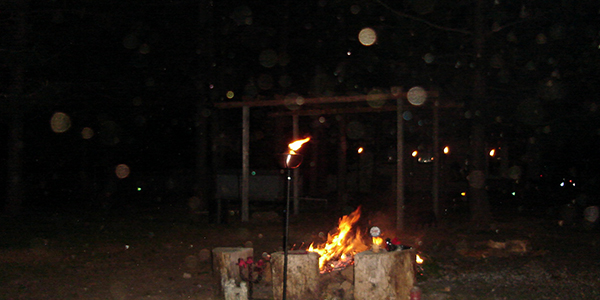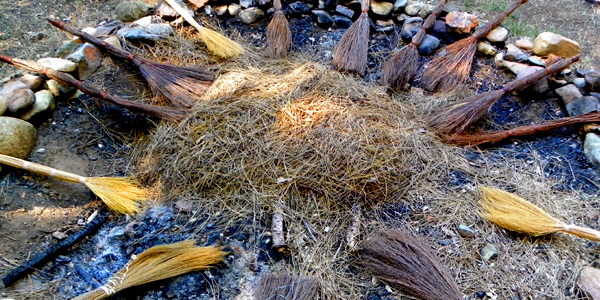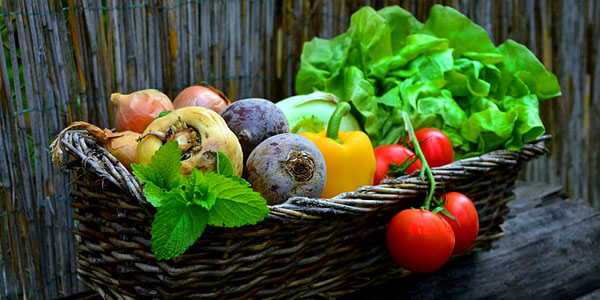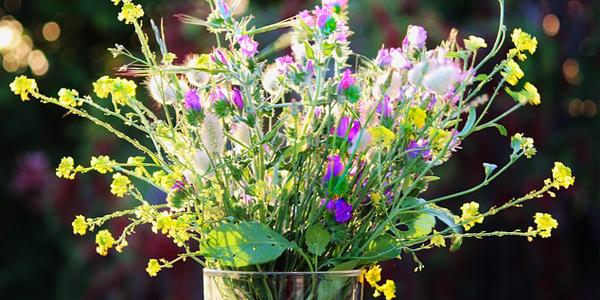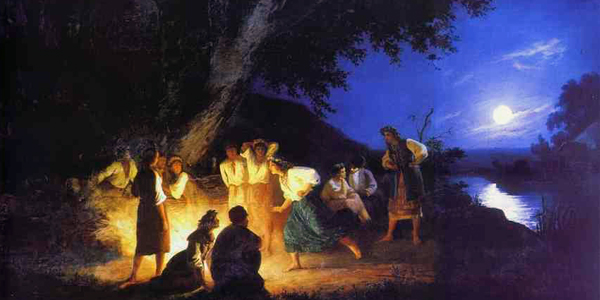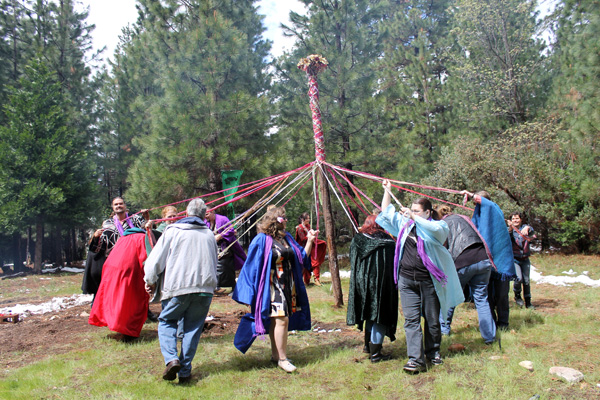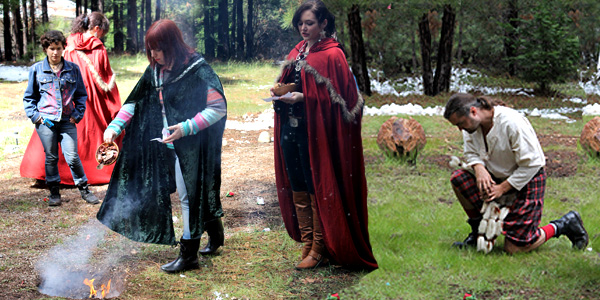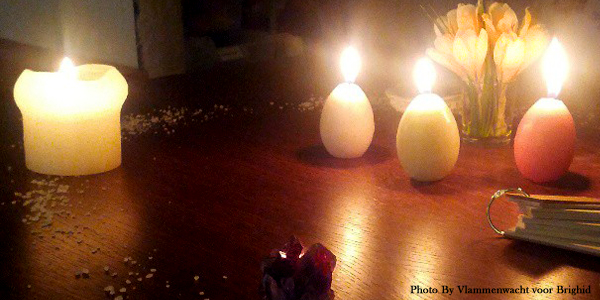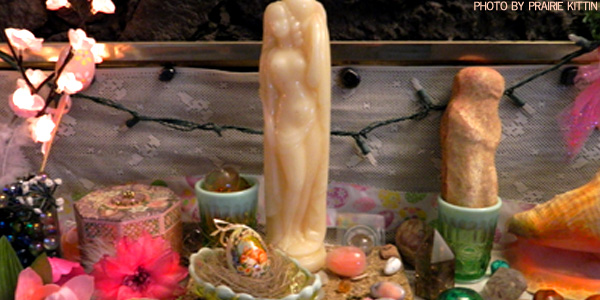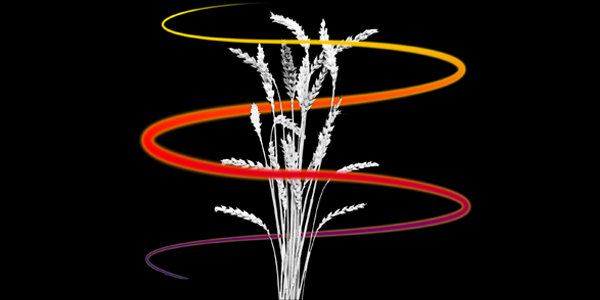The Mabon ritual welcomes the coming second harvest and gives thanks for the first harvest. A designated leader may say the words that guide the group through the ritual or the speaking portions may be divided among group members. If you enjoy this ritual, you can learn more about the CUSP (Climbing Up the Spiral Pathway) tradition at our website or in the book called CUSP: A New Way to Walk An Old Path. Continue reading “A Mabon Ritual”

